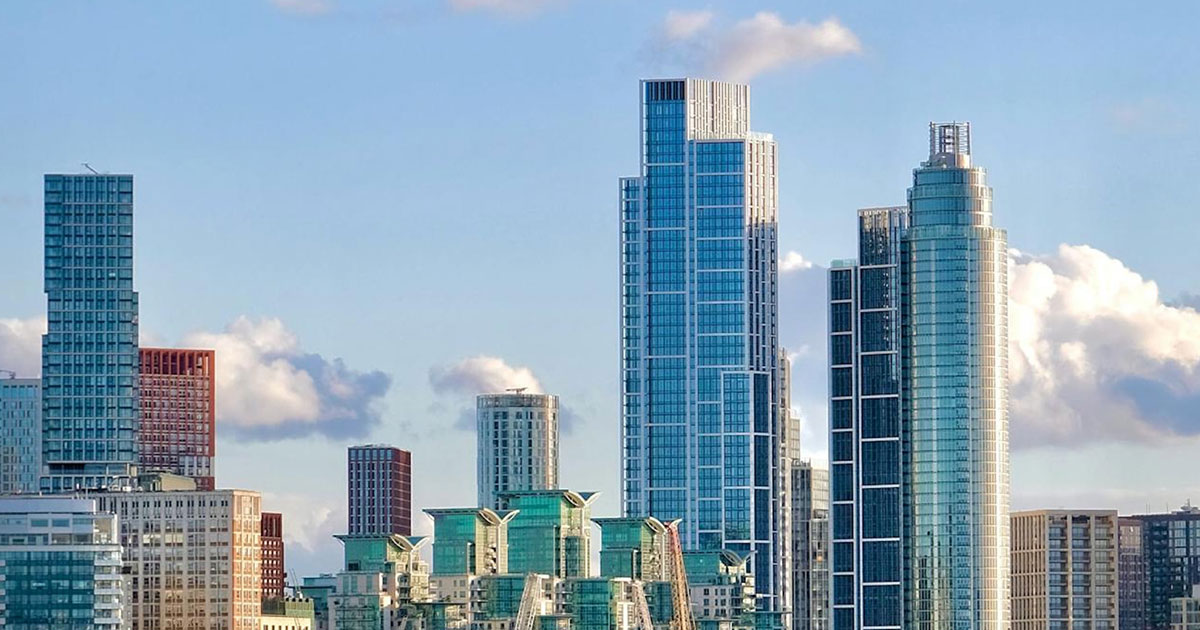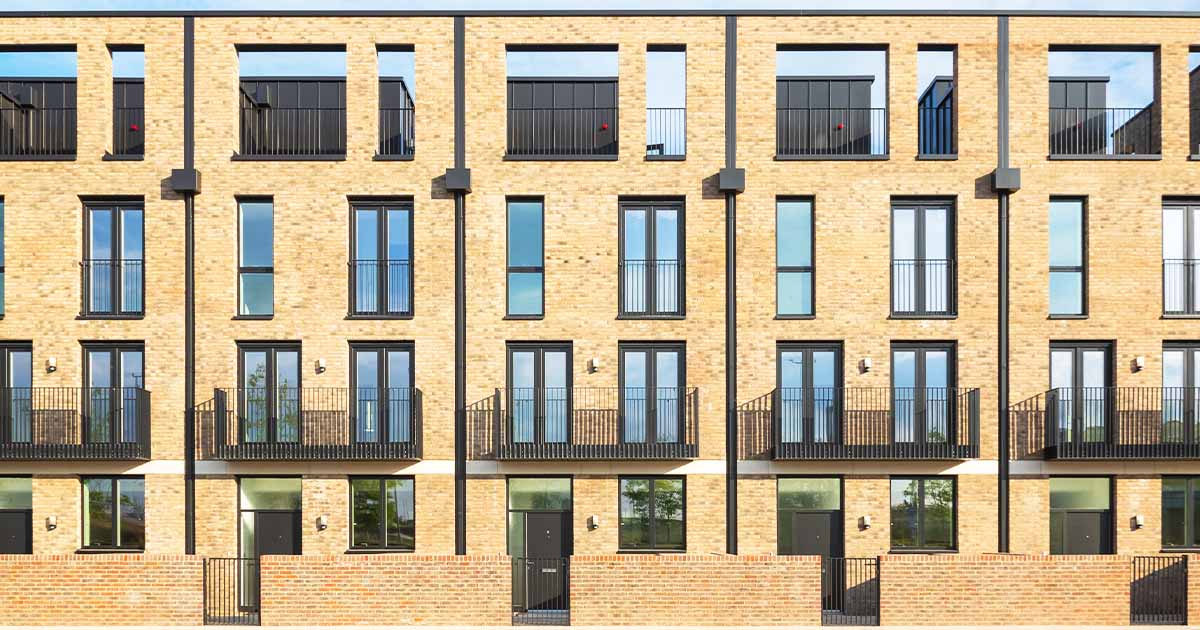Cladding remediation and the Building Safety Bill: Andrew Parker and Ryan Didcock speak to the EG Podcast

Head of Cladding, Andrew Parker, and property litigation Senior Associate, Ryan Didcock, sat down this week with the people at the EG Podcast to discuss the latest proposals to the Building Safety Bill by the Department of Levelling Up, Housing & Communities, and their implications from both the leaseholder and developer perspective.
These proposals are the latest in the strategy to resolve the cladding crisis. Among them is the initiative that could see developers and product manufacturers who refuse to bear the cost of removing dangerous cladding having future planning applications or Building Control approvals blocked by the Government.
Click here to listen to the podcast in full.





